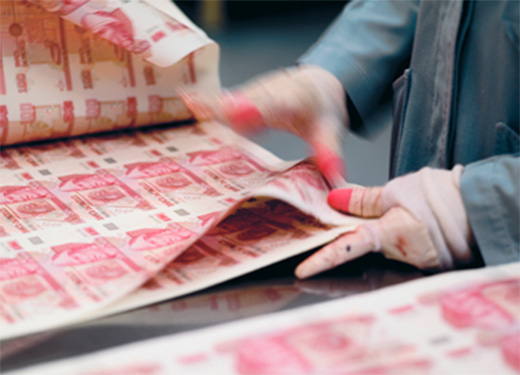

Cacao
Cacao was one of the most important means of exchange in Mesoamerican cultures, used even in the first years of the Vice Royalty. For this reason various equivalences were established between it and silver real coins. Cacao money was counterfeited due to its commercial and economic importance.

Money in the Vice Royalty
The Mexican Mint began operations in 1536, by order of the King and Queen of Spain. Colonial coins were minted for three centuries: first, Carlos and Juana coins; later, macuquina coins made by hammer; and finally, round coins.
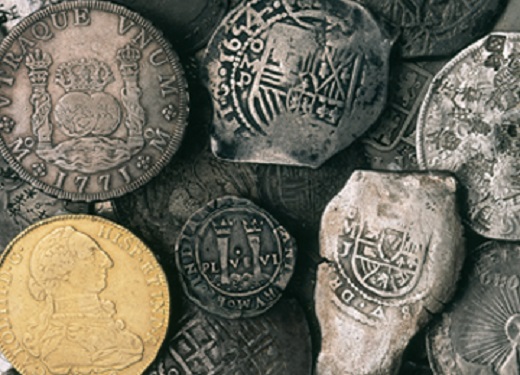
Money in the Republic
The characteristics of coinage in the Mexican Republic were established in 1823. The coins were to display the national shield on one side, and on the other, a Phrygian cap surrounded by rays of sunlight. The question "Eagle or sun?" ("Heads or tails?") in a Mexican coin toss alludes to these coins.
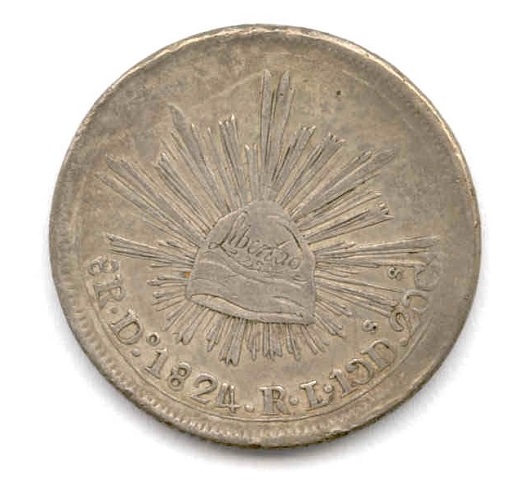
The first pesos
In 1857, Ignacio Comonfort decreed adoption of the decimal system for Mexican coinage. Benito Juárez ratified the decision in 1861, and Emperor Maximilian ordered the first Mexican pesos to be minted in 1864. Coins from the Second Empire show the profile of the Emperor on the front and the imperial shield on the reverse.

The private issuance banks
In 1864, the Banco de Londres, México y Sudamérica was established, the first institution allowed to issue banknotes in Mexico. Its banknotes went into circulation in 1865 and were well received by the public.
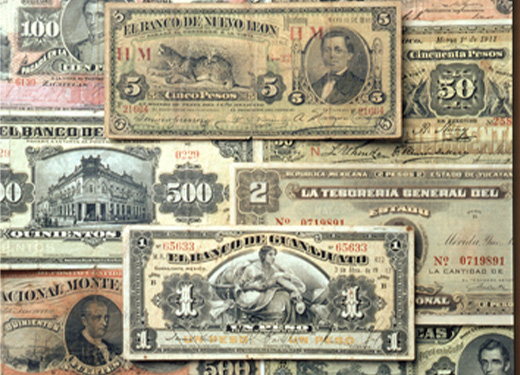
Money during the Revolution
Starting in 1913, amid the financing of Revolutionary activities, forces from the Constitutionalist movement, followers of Villa and Zapata, municipal authorities, owners of haciendas, miners and business owners all made and issued their own currencies. These banknotes and coins circulated in various parts of the country at the same time and in great quantities. The money lost its value when the leader that ordered its issuance was defeated.
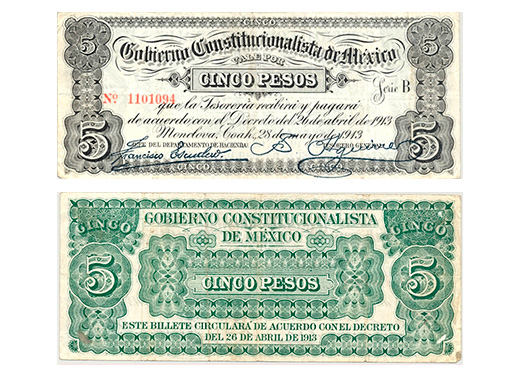
Banco de México
The first banknotes issued by Banco de México were printed by the American Bank Note Company in New York, a company renowned globally for the quality of its banknotes. In an attempt to re-establish trust in paper money, people could exchange the notes for their value in gold at the Bank's teller window. The popular name for these banknotes was "wide ones" due to their ample size.
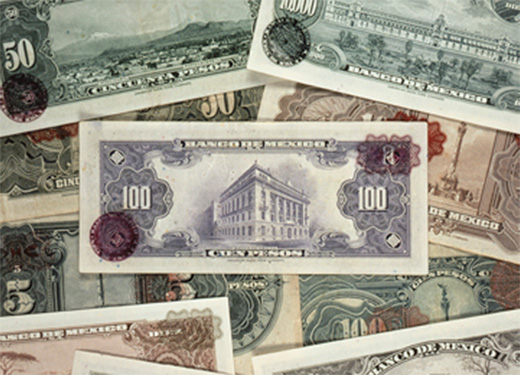
Fiduciary money
Modern societies have developed mechanisms to foment trust in the value of banknotes and coins, allowing people to use them as money.
Their value comes from the trust society places in the rules of currency issuance, which seek to maintain the currency's value over time, so that it is offered and accepted as a means of exchange with the full backing of each nation's laws.
Who assigns fiduciary money its value?
Central banks, such as Banco de México. Central banks establish that a numismatic piece, a banknote or coin, an object without intrinsic value, must be accepted to pay for goods, services and to meet debt obligations. Central banks also ensure that their banknotes and coins contain security measures allowing them to be identified and authenticated easily and quickly. The rules central banks follow to issue currency are what allows the currency to maintain value.
Get to know various examples of this kind of money and discover how technology has played a key role in transforming it.
